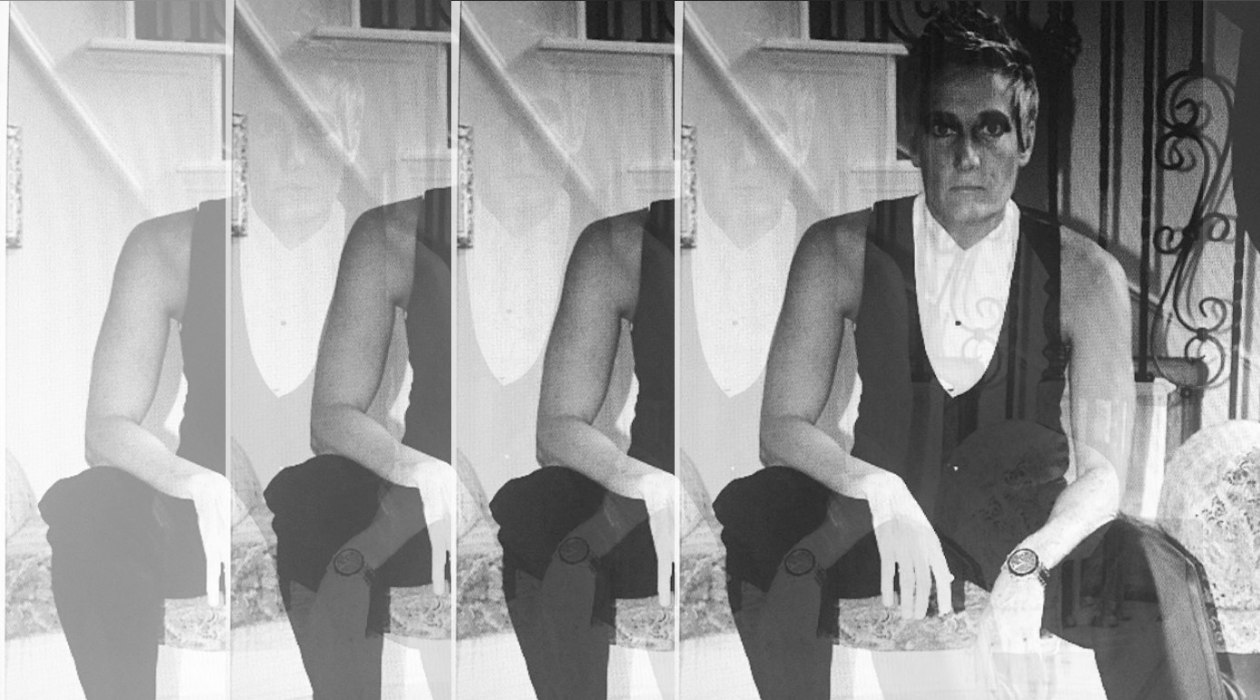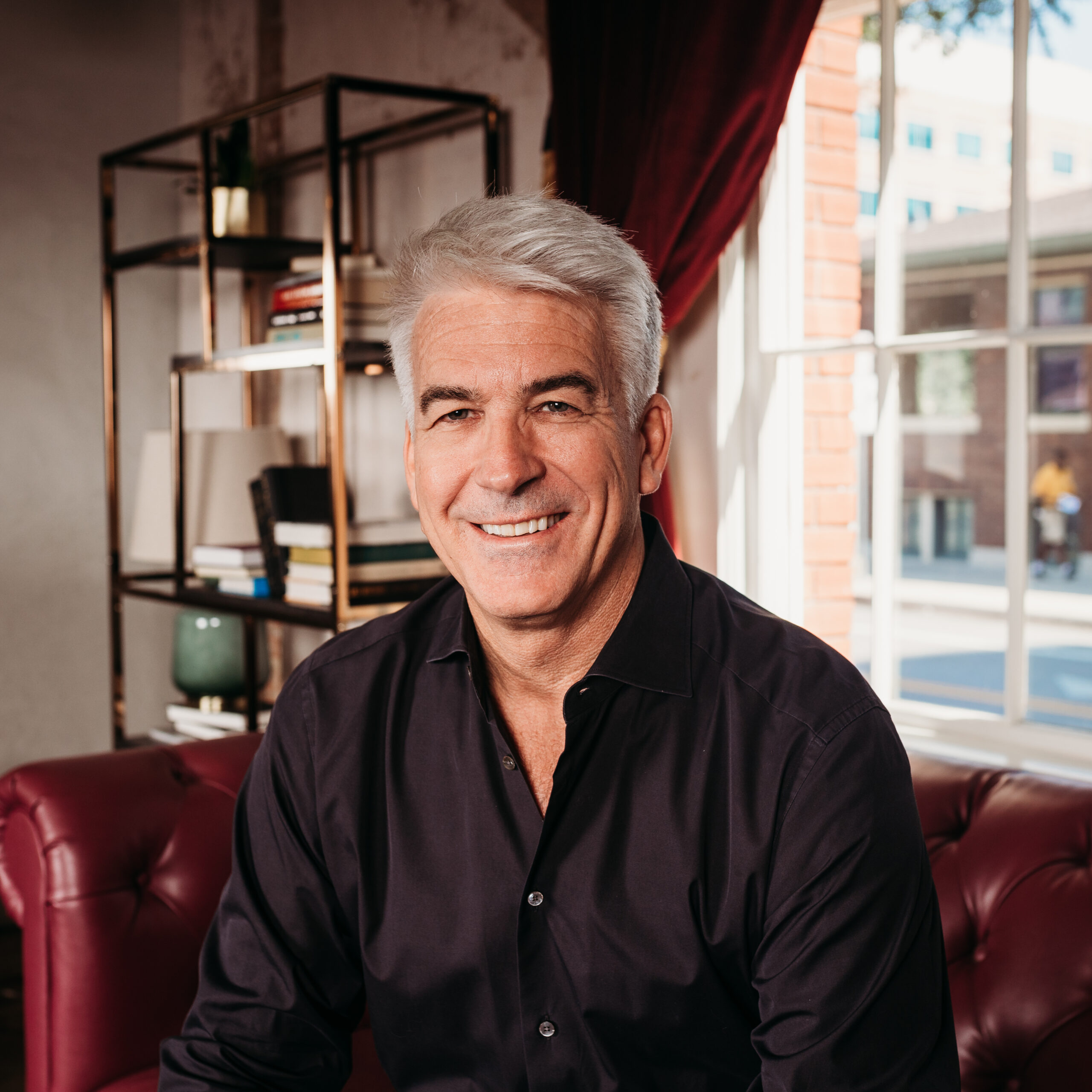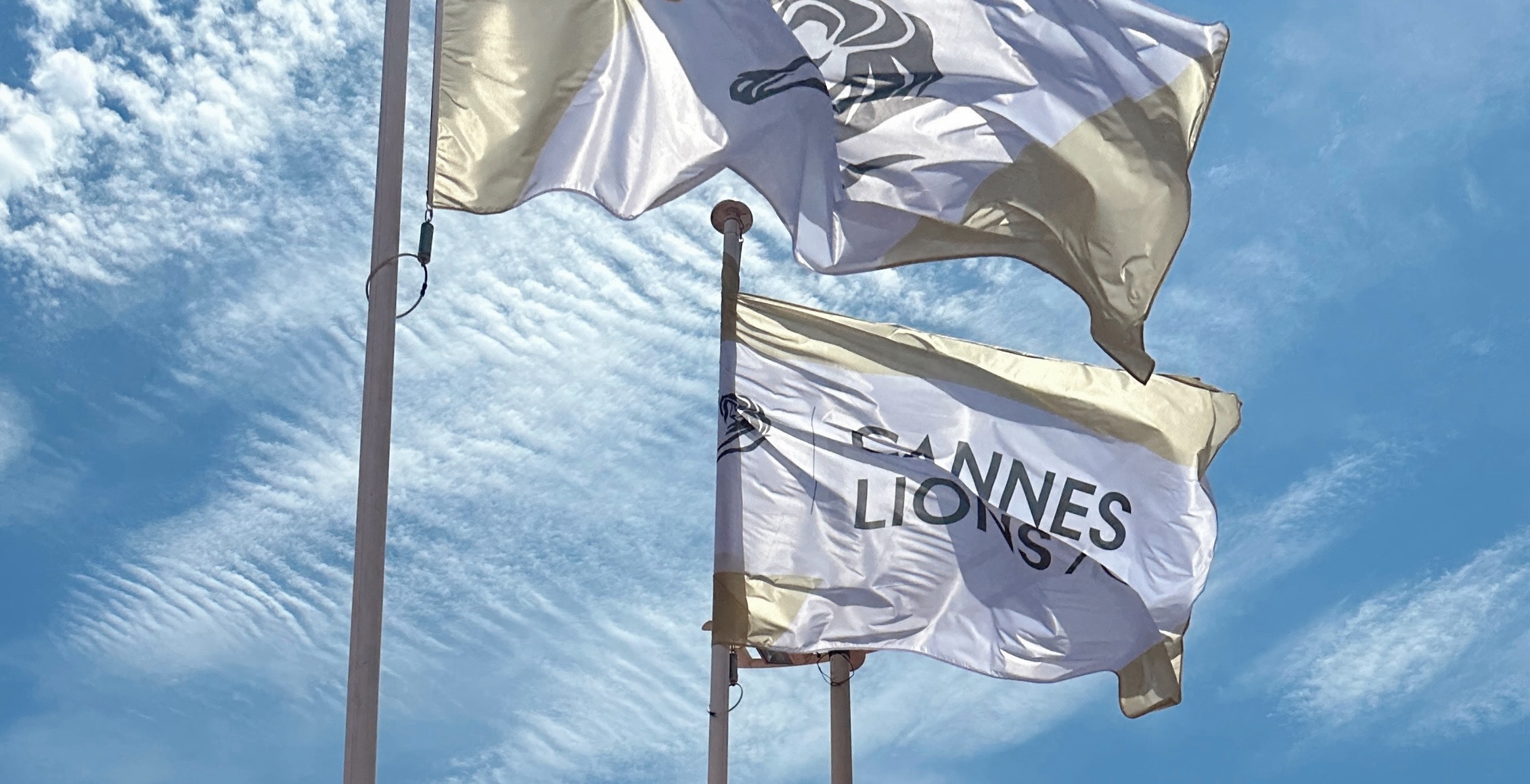Q&A with ECD Laragh Gallagher

Our very own Laragh Gallagher is a shining example of what it means to be a modern executive creative director. She shared some sharp insights on the role with Adweek. Read their ECD roundup here. Below, we asked Laragh to elaborate.
What makes a good modern ECD?
A good ECD has to inspire and guide so many different personalities and skillsets that intuition, empathy, and patience are critical—you use each one, every day.
What is the current responsibility for a ECD at an agency these days, regardless of the size of the agency?
This role requires impacting the work at every stage, from the strategy, to the campaign development and presentation, to the execution. But not all of the work an ECD does is about the agency’s output — we also have to help with recruiting and grooming talent, ensure creatives feel ownership in their work, and always, always have our creatives’ backs.
How has the role of the ECD changed over the last few years?
Honestly, I think the basics are the same, regardless of how much the landscape has changed. We’re still in the business of finding creative solutions to complex business challenges.
If you have a CCO, what is the relationship between the CCO and the ECD and what is the power dynamic, if any?
Harris Wilkinson and I are committed to helping the creatives deliver the best, most beautifully crafted work we can for our clients. We have tremendous respect for each other, and keep an open, honest dialogue. I think it also helps that we also have complimentary skillsets, since he’s a writer at heart and I still love to get my hands dirty with design. When we have to, we can divide and conquer.
What’s the most important thing an ECD should be aware of in the industry moving forward?
Everyone’s talking about AI. Of course we already felt the pressure to deliver against tighter timelines and budgets, and this emerging technology only exacerbates that. The key is to continue to hone our chops, focus on efficiency, and prove again and again to our brands that programs may deliver derivative, mediocre work quickly and cheaply, but transformative, resonant work is created by humans working together.
How has creativity changed and how should creative departments deal with the new challenges in the industry?
For creatives, the challenge is also the opportunity. In spaces like experience, we are focused on creating a memory that feels unique to each individual visitor. And for campaigns, soon it won’t be about broader messages that target everyone like a four-quadrant movie. It will be about drilling down to a 1:1 connection. The work will change, but I think all of these possibilities are really exciting.
What’s the main challenge for ECDs today?
The normal, everyday challenges of the job are working faster and smarter with fewer and fewer resources. I would add that on top of that, TMA is decentralized, with talent and offices on both coasts and in several places in between. We have to unify all our creatives so they feel like a vital part of a tight-knit team and understand the agency’s creative goals.


